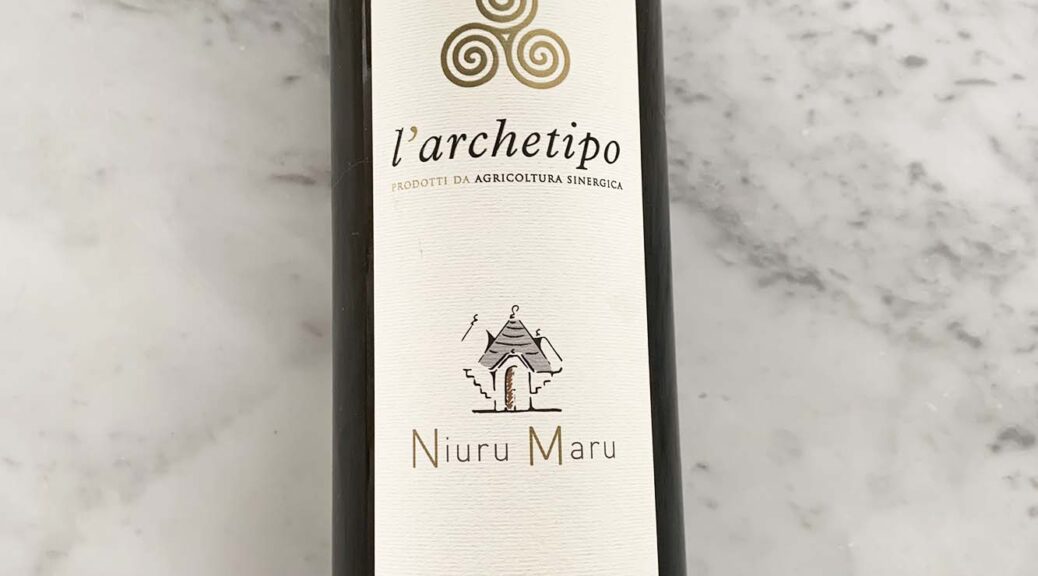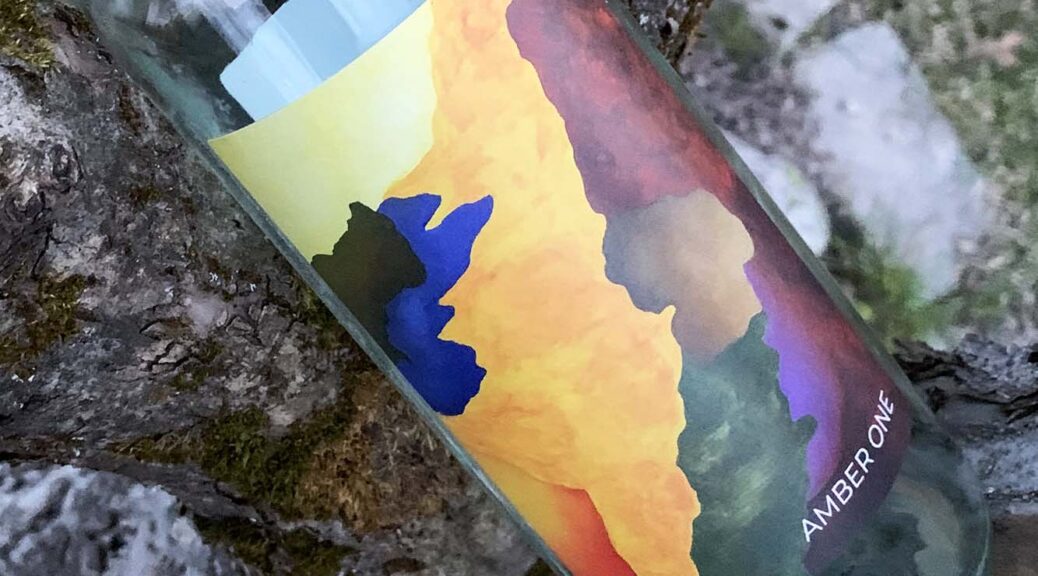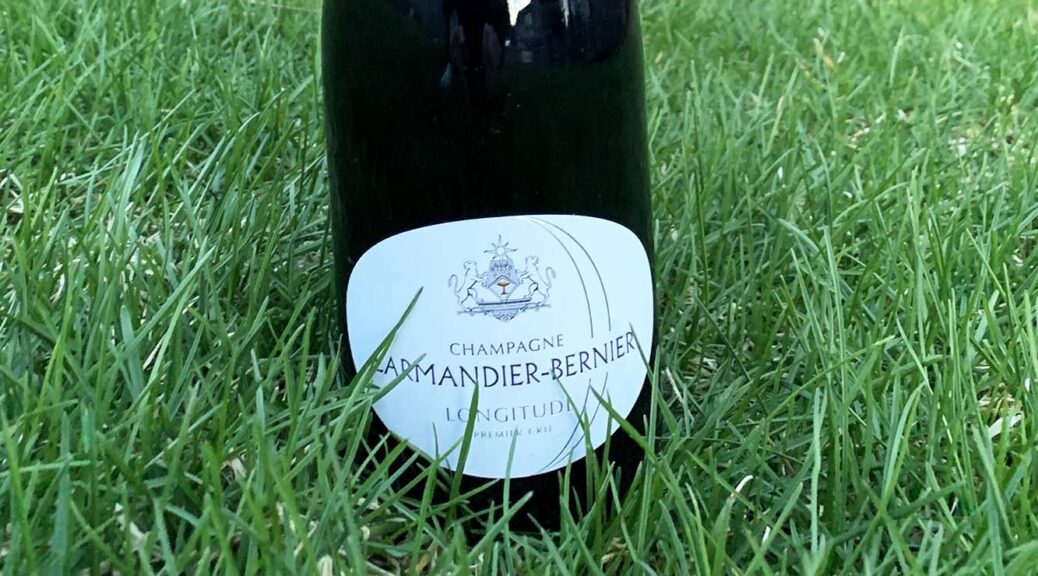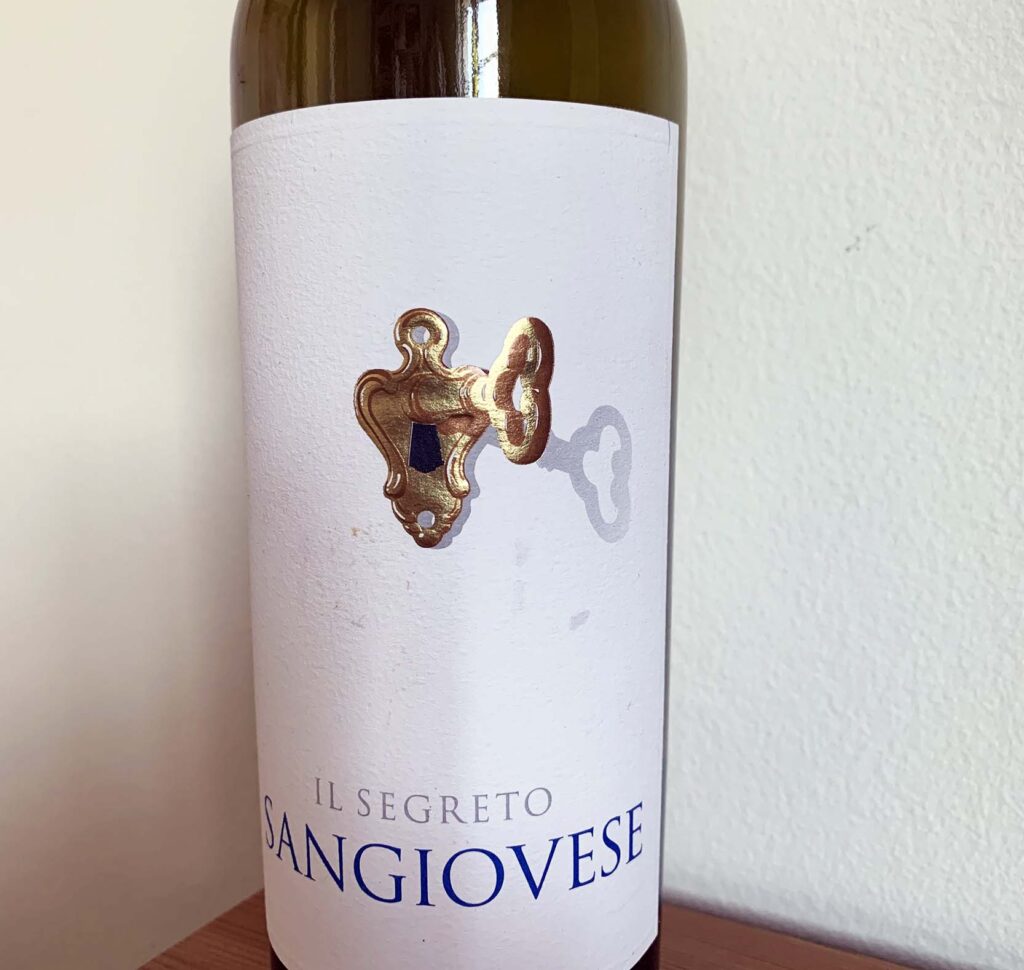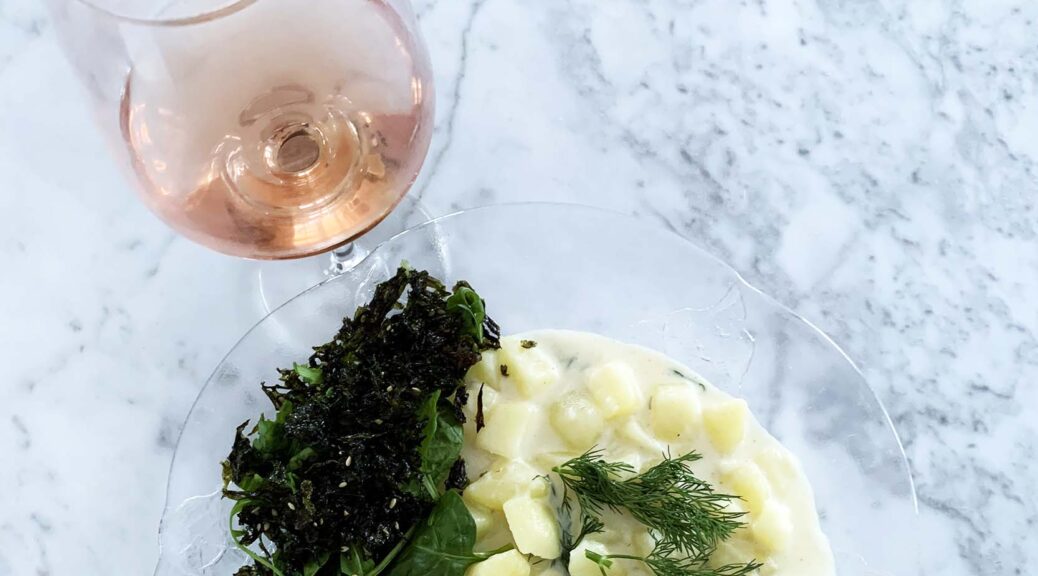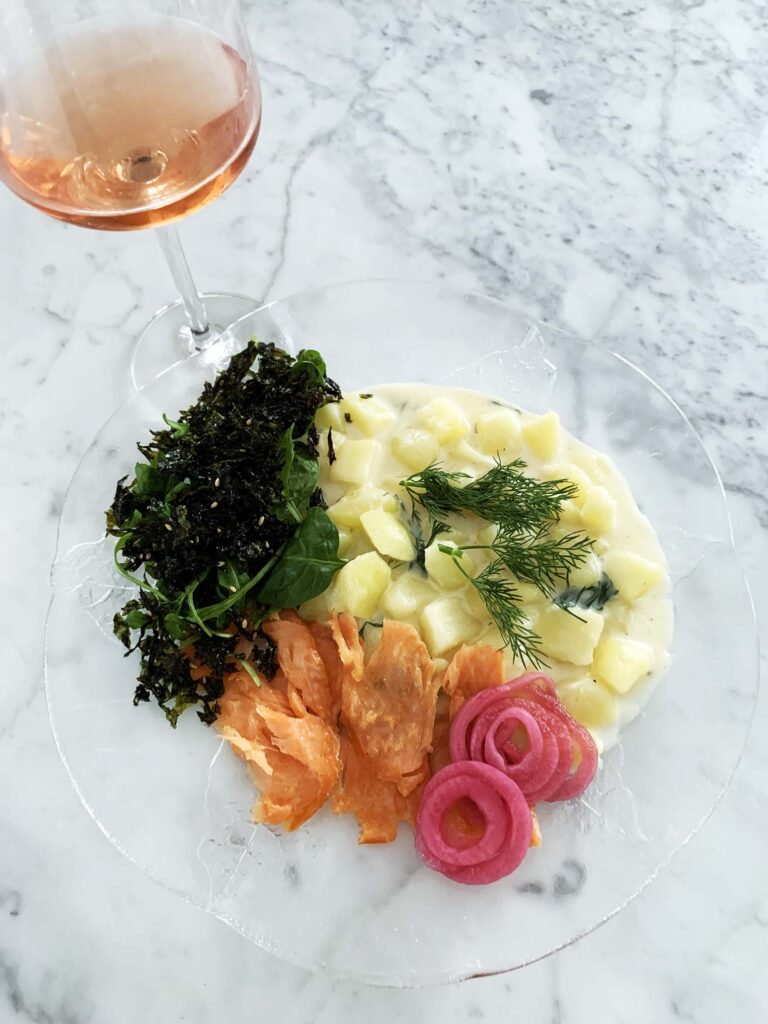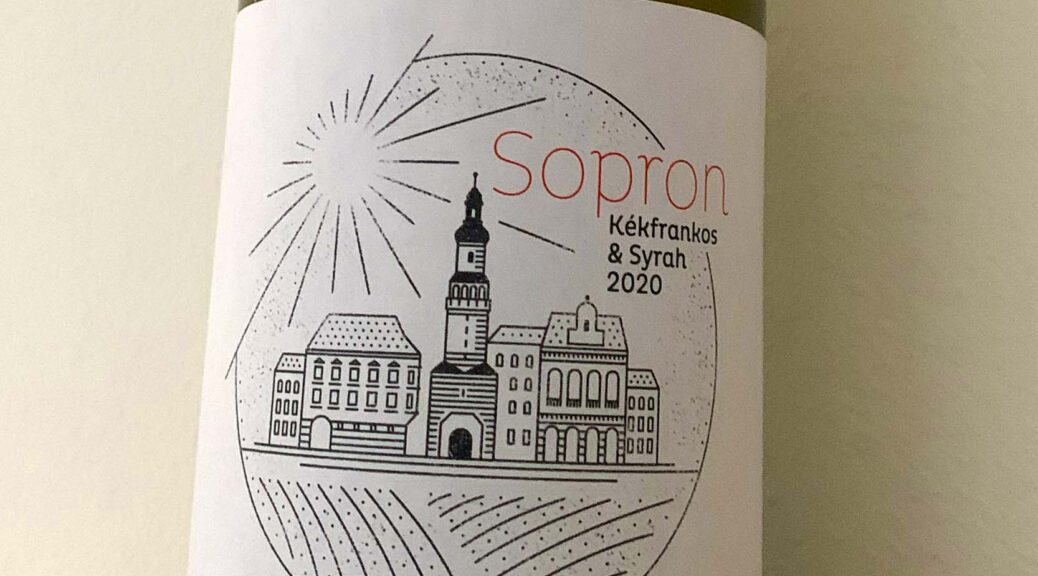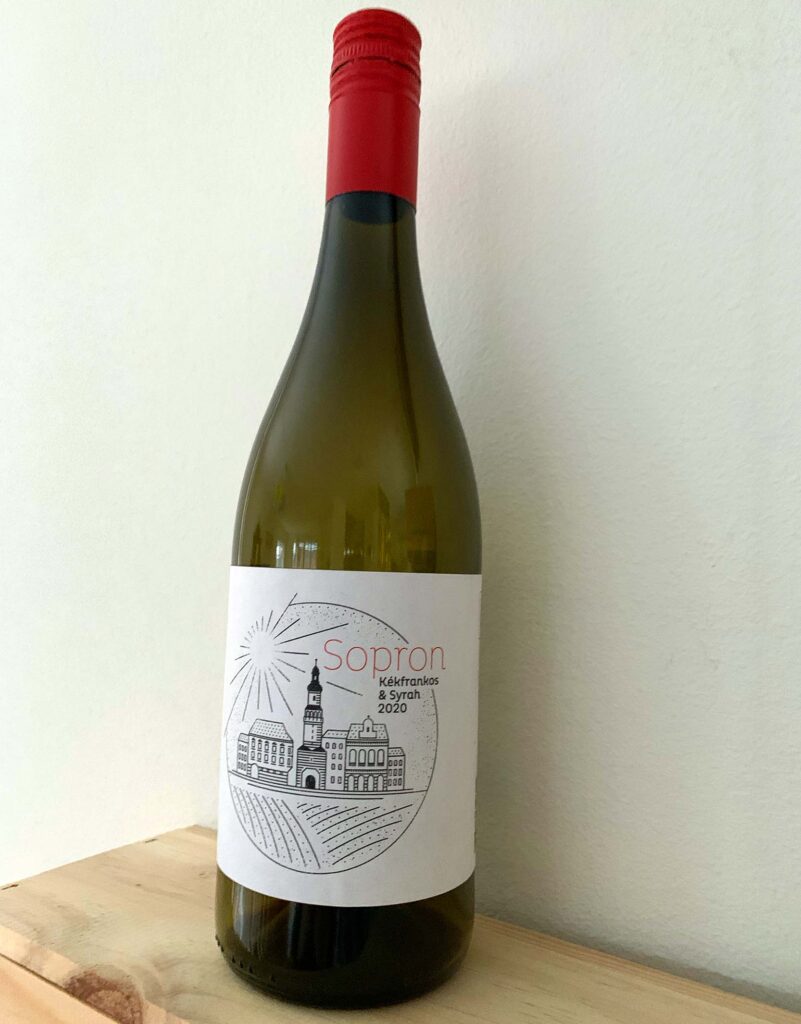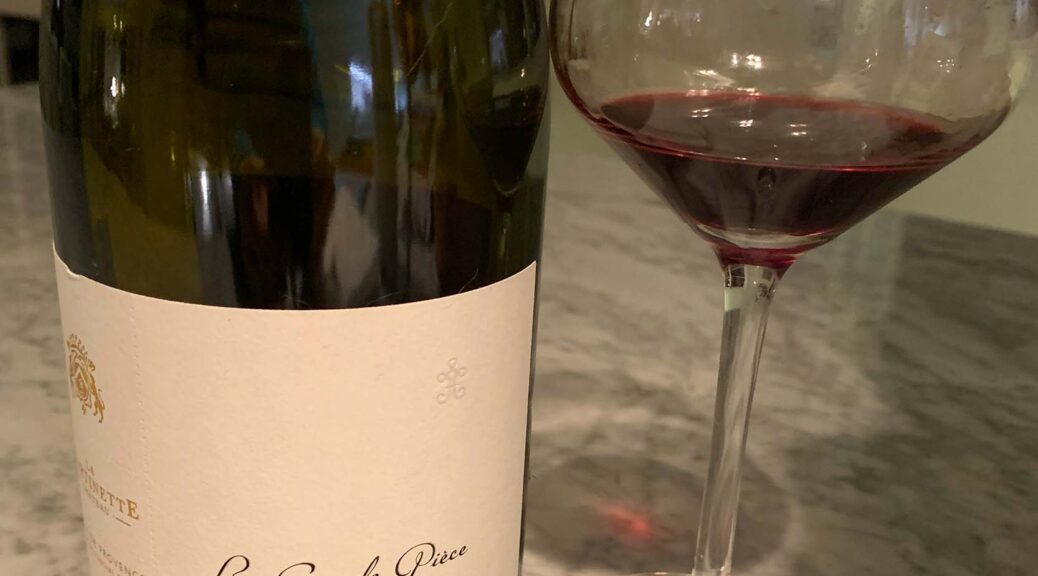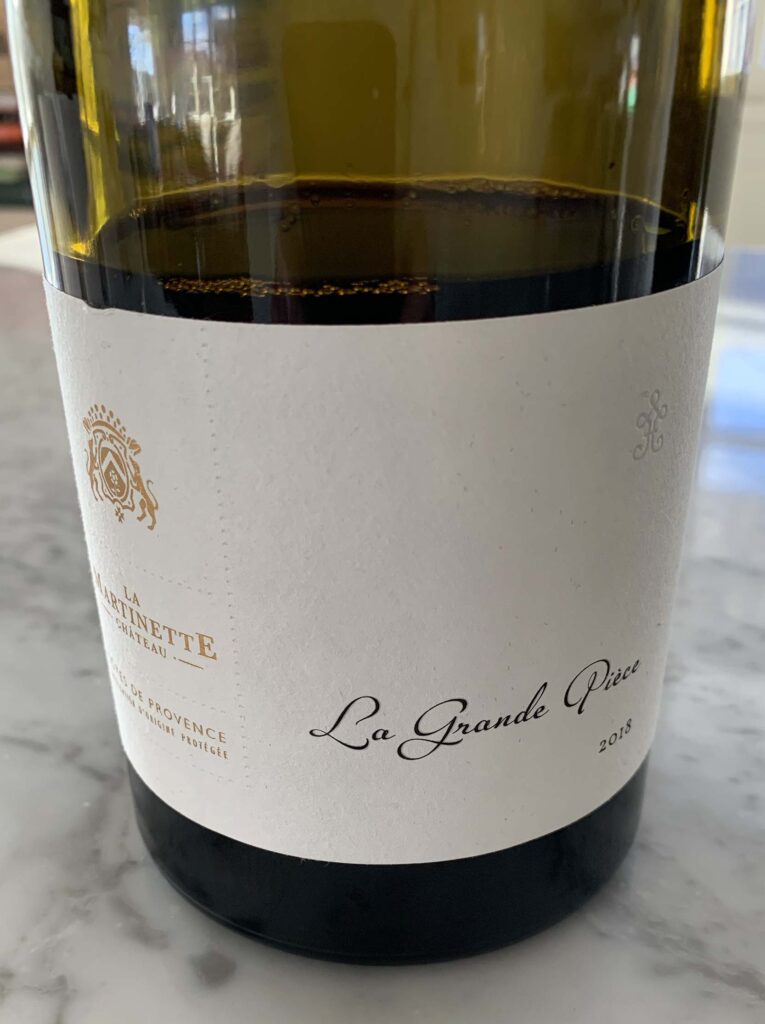From Salento at the Southern end of Puglia in Italy we find this fruity organic wine called Niuru Maru L’Archetipo. It is made from the black grape variety Negroamaro, which means dark and bitter and plays the main role in many wines from the region.. It has a fresh acidity combined with smooth but perceptible tannins, and is a well-balanced wine that is best served at around 16°C with lamb or beef dishes for example.
On the nose is is fruity and spicy with hints of dark cherries, wild raspberries, plums, licorice, violets and cinnamon. On the palate we also sense a fruity taste with hints of dark cherries, plums, blueberries, chocolate, wild raspberries and violets. The alcohol level is 13,5 % abv.
L’Archetipo is run by the Dibenedetto family, who began to convert to organic farming already in the 1980s. Since 2000, the vineyards have been managed according to biodynamic principles. Today, the company is run by Francesco and his wife Annamaria and their four children. They work exclusively with local grape varieties such as Negroamaro and Verdeca.
The grapes were hand-picked in mid-October. Only yeast strains naturally present on the grapes were used. After 20-30 days, the skins were separated from the wine. The wine was then stored for six months in steel tanks. The wine was then drawn into large oak barrels and aged in the oak barrels for about three months. After this the wine was bottled and rested for another three months in bottle at the producer’s location before sale. No filtering has been performed.
We find this wine well-balanced and well worth its price (169 SEK at Systembolaget), it is very easy to combine with many different types of food thanks to its fresh acidity and texture. We give it 88 points!

